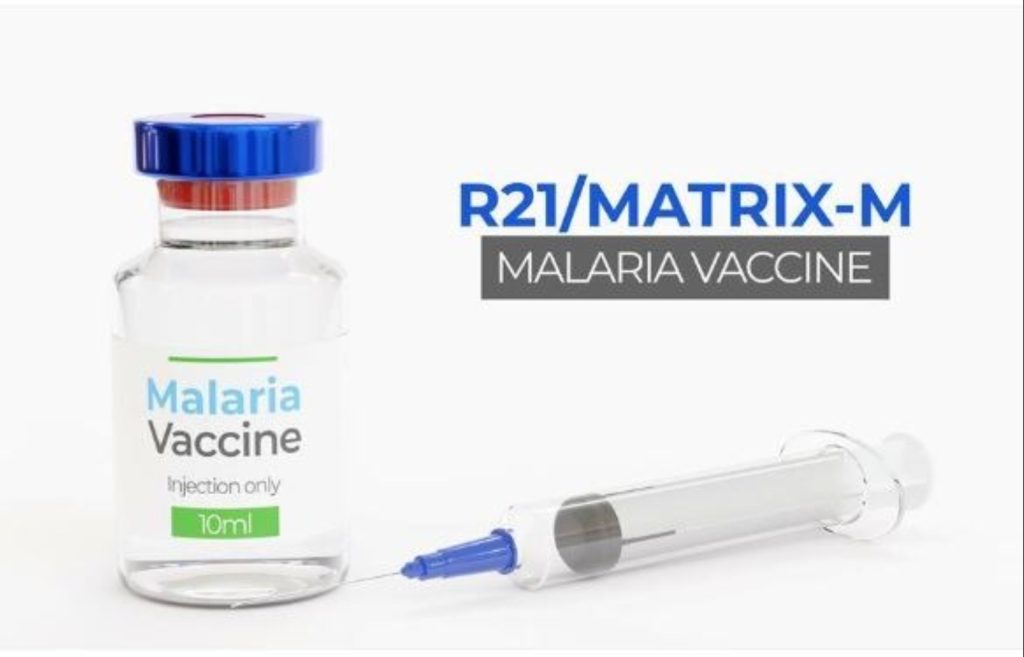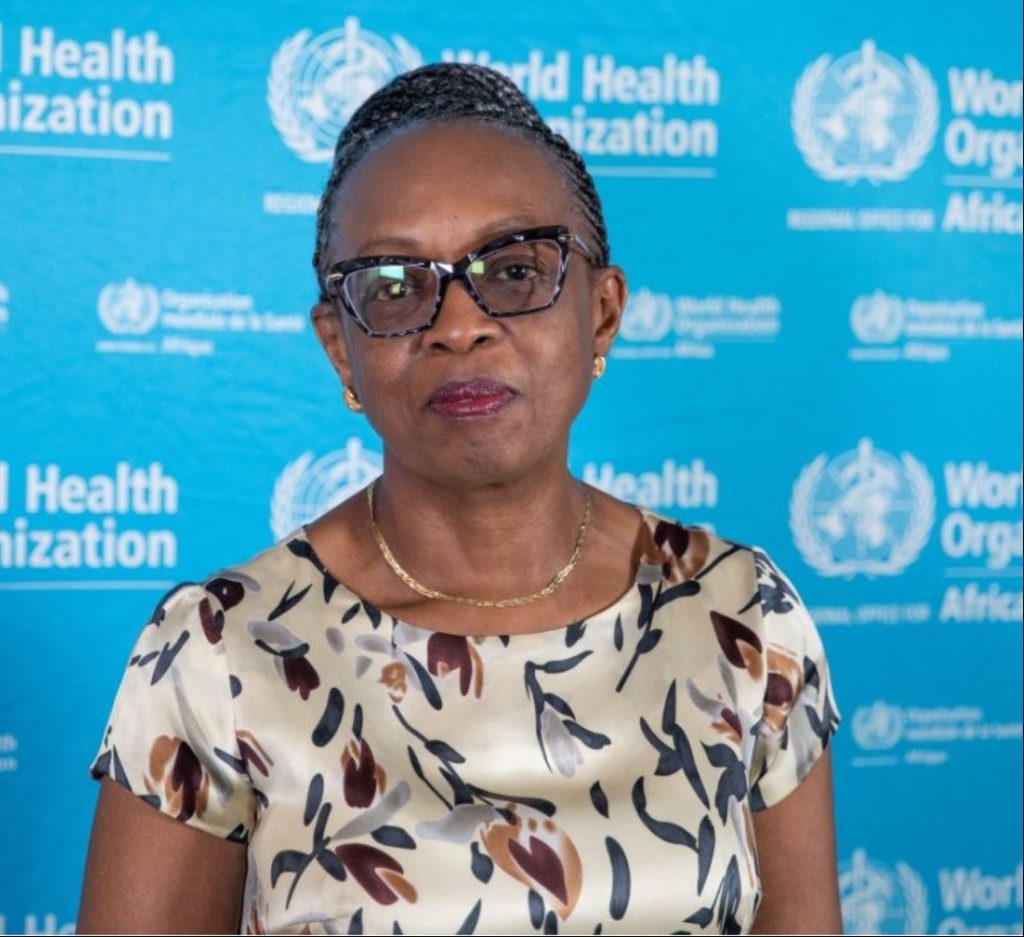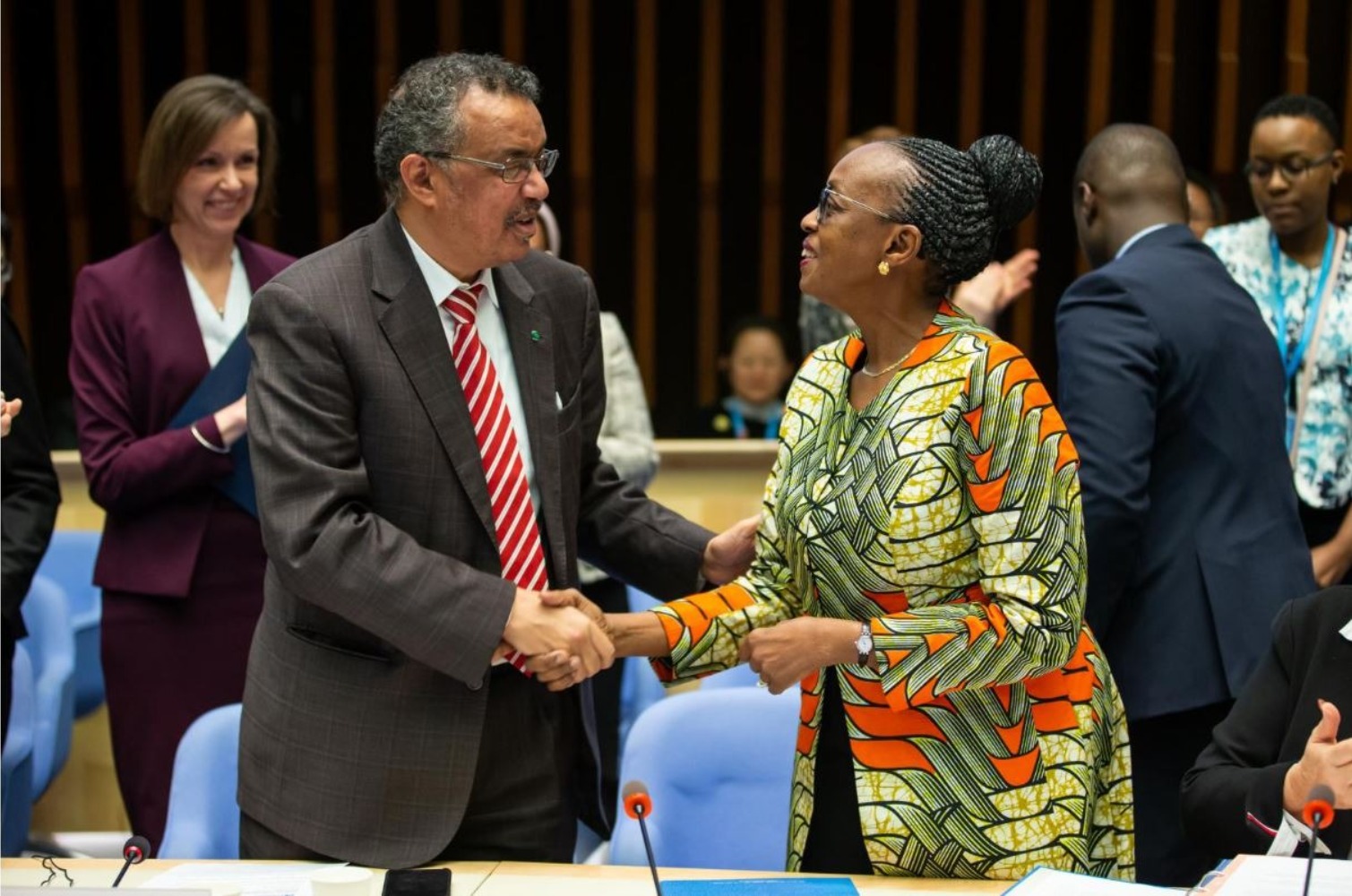Devanjana Mukherjee, Khabri Media
The second vaccination was developed after the first vaccination RTS, S’s demand exceeded the supply.

Pic: Social Media
The World Health Organization (WHO) has recommended a new vaccine, for the prevention of Malaria in children. The recommendation came from the Strategic Advisory Group of Experts (SAGE) and the Malaria Policy Advisory Group (MPAG) which was endorsed in a regular biannual meeting held between 25 to 29 September 2023. The respective Immunization drive was held under the supervision of WHO’s Director-General.
DON’T MISS: Nobel Prize Winners
The new vaccine, R21/Matrix-M, has been developed by Oxford University, England, and is being manufactured by Serum Institute of India, Pune, Maharashtra. The initial lot has already been approved to be distributed in Nigeria, Ghana, and Burkina Faso. The second vaccination was developed after the first vaccination RTS, S’s demand exceeded the supply.
Demand for malaria vaccines is unprecedented; however, the available supply of RTS, S is limited. The addition of R21 to the list of WHO-recommended malaria vaccines is expected to result in sufficient vaccine supply to benefit all children living in areas where malaria is a public health risk.

Pic: Social Media
According to WHO Director-General, Dr.Tedros Adhanom Ghebreyesus, “As a malaria researcher, I used to dream of the day we would have a safe and effective vaccine against malaria. Now we have two. Demand for the RTS, S vaccine far exceeds supply, so this second vaccine is a vital additional tool to protect more children faster, and to bring us closer to our vision of a malaria-free future.”
WHO Regional Director for Africa, Dr Matshidiso Moeti, further added, “This second vaccine holds real potential to close the huge demand-and-supply gap. Delivered to scale and rolled out widely, the two vaccines can help bolster malaria prevention and control efforts and save hundreds of thousands of young lives in Africa from this deadly disease.”

Pic: Social Media
Key Features of R21 Vaccination
- High Impact on a wide range of transmission settings.
- Good efficacy of 66% when given in an age-based schedule
- Available at a price range of US$ 2 – US$ 4 per dose, it’s cost-effective.
- Safer than other vaccinations at clinical trials.
- High efficacy when given just before the high transmission season as it reduced symptomatic cases of Malaria by 75%.
More than 95% of cases are found in Africa out of the global percentage. In 2021, there were 247 million cases of malaria and 619,000 people died, most of them children under the age of five.
The world’s largest vaccine manufacturer – the Serum Institute of India – is already lined up to make more than 100 million doses a year and plans to scale up to 200 million doses a year as there are only 18 million doses left of RTS, S vaccine.




